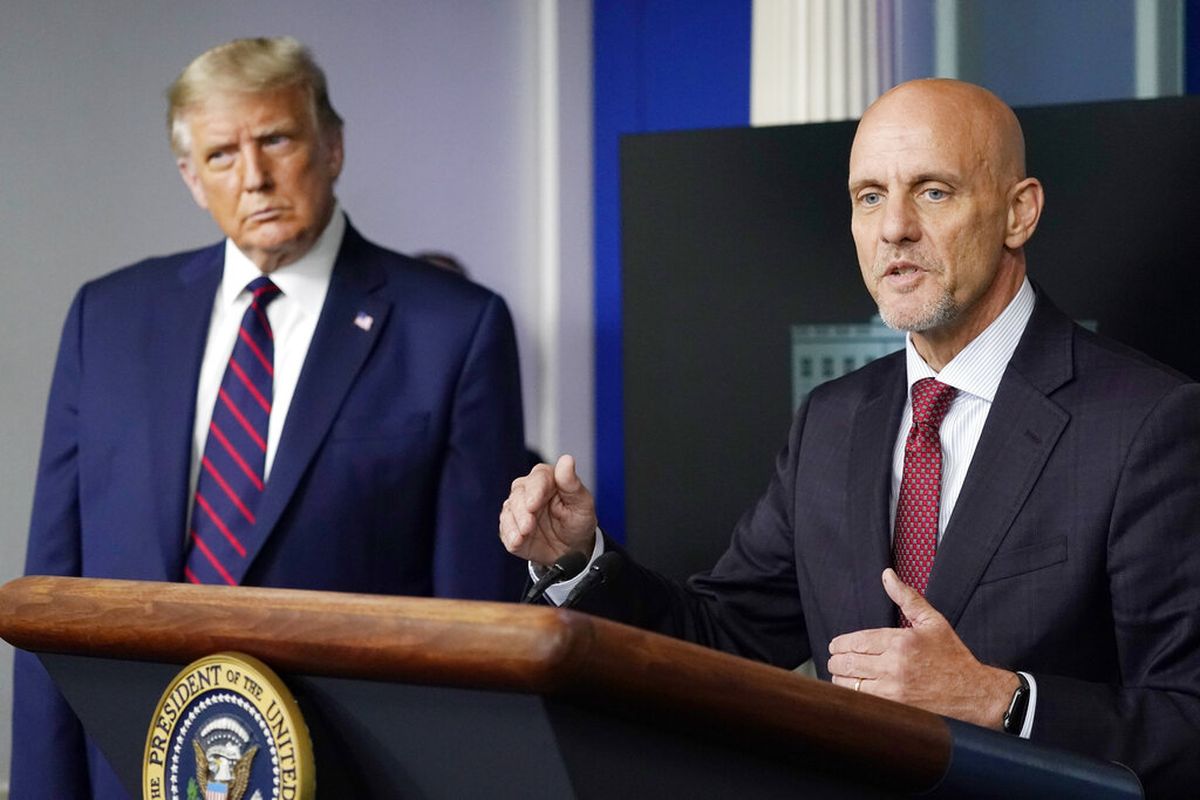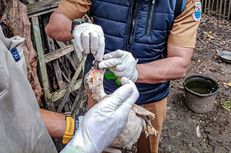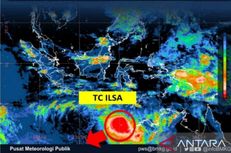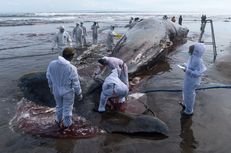Health Experts Say Convalescent Plasma Therapy Require More Studies

WASHINGTON, KOMPAS.com - President Donald Trump has authorized convalescent plasma therapy to treat Covid-19 patients in a move he called “a breakthrough”.
The emergency authorization of the therapy was called “promising” by one of his top health officials, but other health experts say more study is required before it is celebrated.
The announcement was made on Sunday after White House officials complained that the Food and Drug Administration was delaying the approval of a vaccine and therapeutics for the Covid-19 virus — a disease that has put Trump’s reelection chances at a disadvantage.
Read also: USPS Crisis Brews as Trumps Quest to Win November Election Heats Up
The US President’s administration believes that politically motivated delays were the reasons behind the FDA’s delays.
On the eve of the Republican National Convention, Trump put himself at the center of the FDA’s announcement of the authorization at a news conference Sunday evening.
The authorization makes it easier for some patients to obtain the treatment but is not the same as full FDA approval.
The blood plasma, taken from patients who have recovered from the coronavirus and rich in antibodies, may provide benefits to those battling the disease.
But the evidence so far has not been conclusive about whether it works, when to administer it and what dose is needed.
In a letter describing the emergency authorization, the chief scientist for the FDA, Denise Hinton, said: “Covid-19 convalescent plasma should not be considered a new standard of care for the treatment of patients with Covid-19. Additional data will be forthcoming from other analyses and ongoing, well-controlled clinical trials in the coming months.”
But Trump had made clear to aides that he was eager to showcase good news in the battle against the virus, and the timing allowed him to head into his convention with momentum.
Read also: US Republicans to Ignite Base with Culture War, Fireworks, and Trump
He and aides billed it as a “major” development and used the White House briefing room to make the announcement.
Trump also displayed some rare discipline in the evening news conference, sticking to his talking points, deferring to the head of the FDA, Stephen Hahn, and only taking three questions from reporters.
The White House had grown agitated with the pace of the plasma approval.
The accusations of an FDA slowdown, which were presented without evidence, were just the latest assault from Trump’s team on what he refers to as the “deep state” bureaucracy.
White House chief of staff Mark Meadows did not deal in specifics, but said that “we’ve looked at a number of people that are not being as diligent as they should be in terms of getting to the bottom of it.”
“This president is about cutting red tape,” Meadows said in an interview Sunday on “This Week” on ABC.
“He had to make sure that they felt the heat. If they don’t see the light, they need to feel the heat because the American people are suffering.”
During Sunday’s 18-minute press conference, Trump said he thought there had been a “logjam” at the FDA over granting the emergency authorization.


































